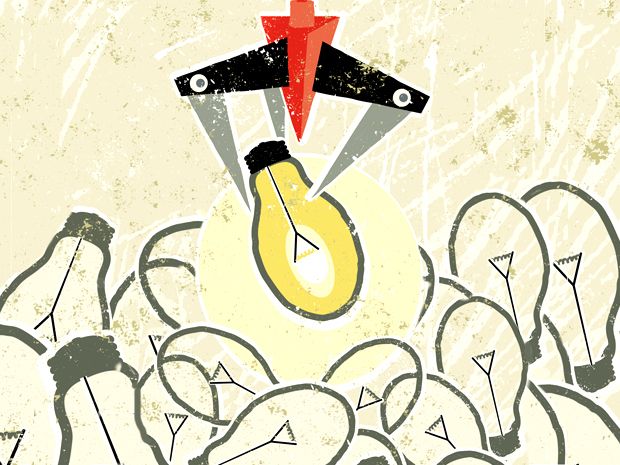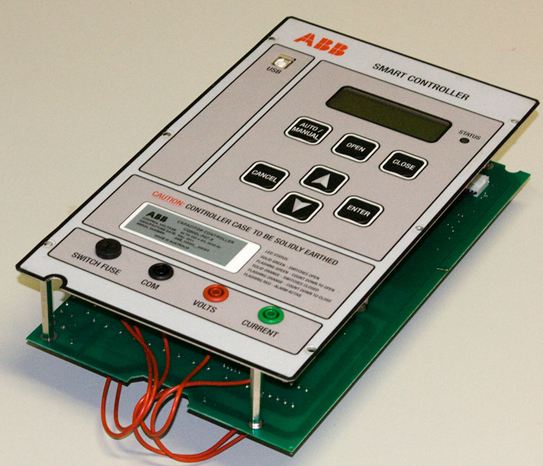What if we could start again
In the days when DC converters didn’t exist, it made sense to base our electrical distribution system on transformers and AC voltage level shifting. It still makes sense to distribute at high voltage where resistive losses in the wires are a smaller issue than they are at lower voltages. But if we were starting again, what would that look like?
A new formula for electrical distribution
IEEE Spectrum have published the results of discussion on just this topic and it caught my eye. We develop products for high voltage distribution including switch gear and power factor correction controllers so I also have personal knowledge of what goes into those. The full article is at The Grid From The Ground Up – What If We Could Do It Again?
A summary of the core issues we could resolve are covered below.
High Voltage Direct Current Transmission
Use High Voltage Direct Current, or HVDC, as the transmission standard. This is now possible whereas 100 years ago it was not. As much as anything this is a legacy issue. The electricity link between Tasmania and Victoria that runs under Bass Strait uses this technology for instance.
Renewables at any level
And we would design it to cope with any level of Renewable Energy sources. This is one of the inhibiting factors for the use of fluctuating energy sources and traditionally it was considered that 8% was the maximum you could have. Germany recently showed this wasn’t the case with a German Renewable Power Contribution of 59%. There is still plenty of work to do but this is an example that some of the old paradigms are not absolute limits after all.
Resilience
Another issue is the robustness or Resilience of the grid. This refers to the ability of the grid to recover from transients and faults. The Northeast Blackout of 2003 showed that a lack of Resilience is a major weakness. If you aren’t familiar with the incident then check out the following short video on what happened and wider implications for not having Resilience.
Regardless of the source of the issue, we have to be able to quickly isolate faults and not lose complete grid control. A Resilient grid is a must.
Communication
This is one of the things needed for Resilience. All generation and transmission facilities should be able to communicate so that the system can be coordinated. This is sometimes referred to as the Smart Grid and a lot of work has been done to create robust, widespread and secure communications to measure and control the operation of the Electricity Grid. One example is DNP3 which is widely used by Power Factor Correction Controllers, Reclosers, Sectionalisers, RTUs and control systems to monitor and manage the Electricity Grid.
An example of a DNP3 enabled device is the ABB CQ900R Power Factor Correction Controller which for which we received the Industrial Electronics Future Award in 2011.
Successful Endeavours specialise in Electronics Design and Embedded Software Development. Ray Keefe has developed market leading electronics products in Australia for nearly 30 years. This post is Copyright © 2014 Successful Endeavours Pty Ltd.





